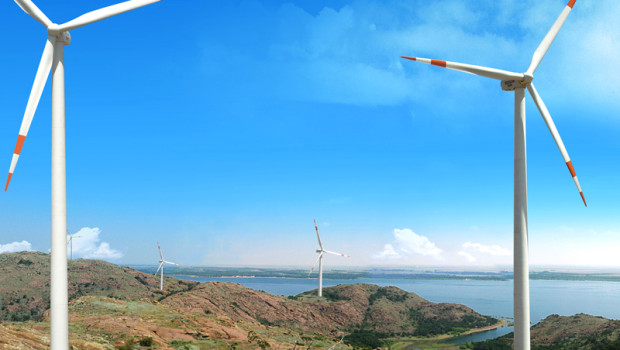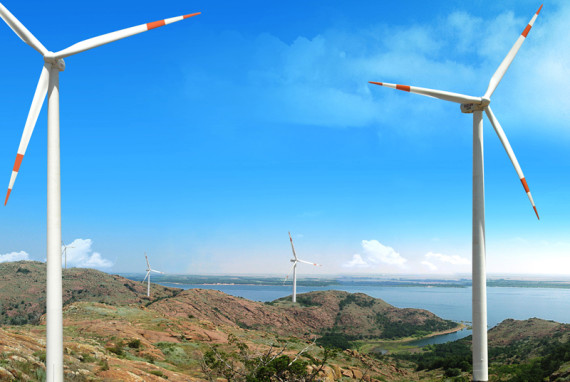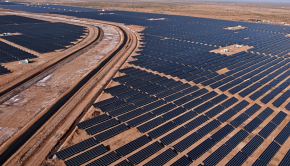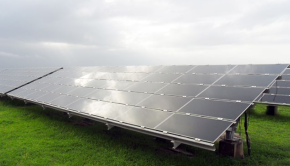India’s Suzlon Energy Installs World’s Tallest Hybrid Wind Turbine — 120 m
November 11th, 2014 by Mridul Chadha
India’s largest wind energy solutions company, Suzlon Energy, is looking to rapidly expand its product portfolio as it gets ready to exploit the big-ticket reforms that the government is expected to implement in the wind energy sector soon.
The company recently unveiled the tallest wind turbine of its kind in the world. The 2.1 MW turbine sits on top of a 120-meter tower made of concrete and steel. This is the world’s tallest hybrid wind turbine, the company claims. The new model would potentially help the company set up the 300 MW offshore wind energy project Suzlon Energy announced some time back.
The turbine is located in the western state of Gujarat, which boasts the third-largest installed wind energy capacity in India. Suzlon Energy is working on a large wind park in the state that now has an operational capacity of 1.1 GW. The company plans to increase the capacity of the park to 2 GW, making it the largest wind park in Asia.
With the reintroduction of some crucial financial incentives for the wind energy sector, Suzlon Energy is buoyed with optimism. The company expects that about 3–3.5 GW of wind energy capacity will be added in the country annually over the next few years. It has recently received several big orders to provide integrated services for wind projects across several states in the country.
The government plans to launch the National Wind Energy Mission soon, which will see projects being constructed in states that have relatively lower wind energy potential. The new wind turbine launched by Suzlon Energy can reportedly make use of the wind resources better and give 12–15% more output compared to other wind turbines.
Suzlon Energy had been under tremendous financial strain over the past few quarters due to sluggish investment and waning regulatory support. The company has, however, managed to free itself from at least some of those strains. CEO Tulsi Tanti expects the company to report a profit soon.
Related:
India Wind Energy Potential 20-30 Times Bigger than Thought
India’s Wind Energy Capacity To Double In Five Years: GWEC
India Eyes $100 Billion Investment In Renewable Energy
Image Credit: Suzlon Energy
Keep up to date with all the hottest cleantech news by subscribing to our (free) cleantech newsletter, or keep an eye on sector-specific news by getting our (also free) solar energy newsletter, electric vehicle newsletter, or wind energy newsletter.
-
David in Bushwick
-
Larmion
-
-
http://neilblanchard.blogspot.com/ Neil Blanchard
-
Matt
-
Ronald Brakels
-
-
-
JamesWimberley
-
Larmion
-
Omega Centauri
-
Larmion
-
timbuck93
-
Larmion
-
Ronald Brakels
-
Henry WA
-
Ronald Brakels
-
Will E
-
Offgridman
-
-
-
APEppink
-
-


























